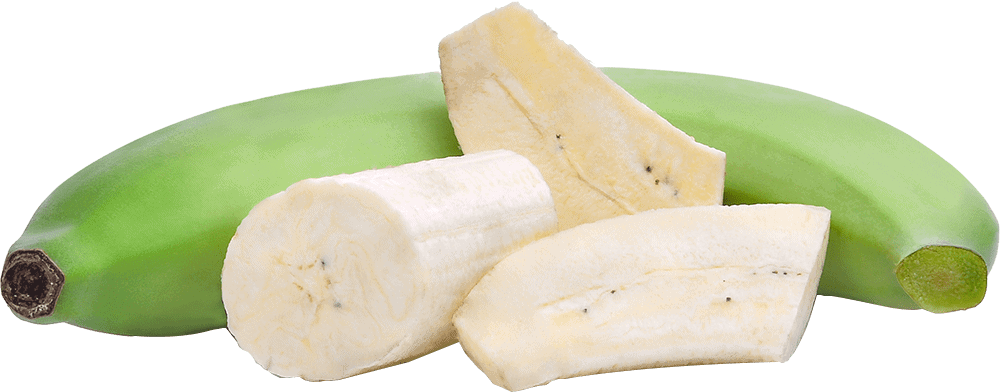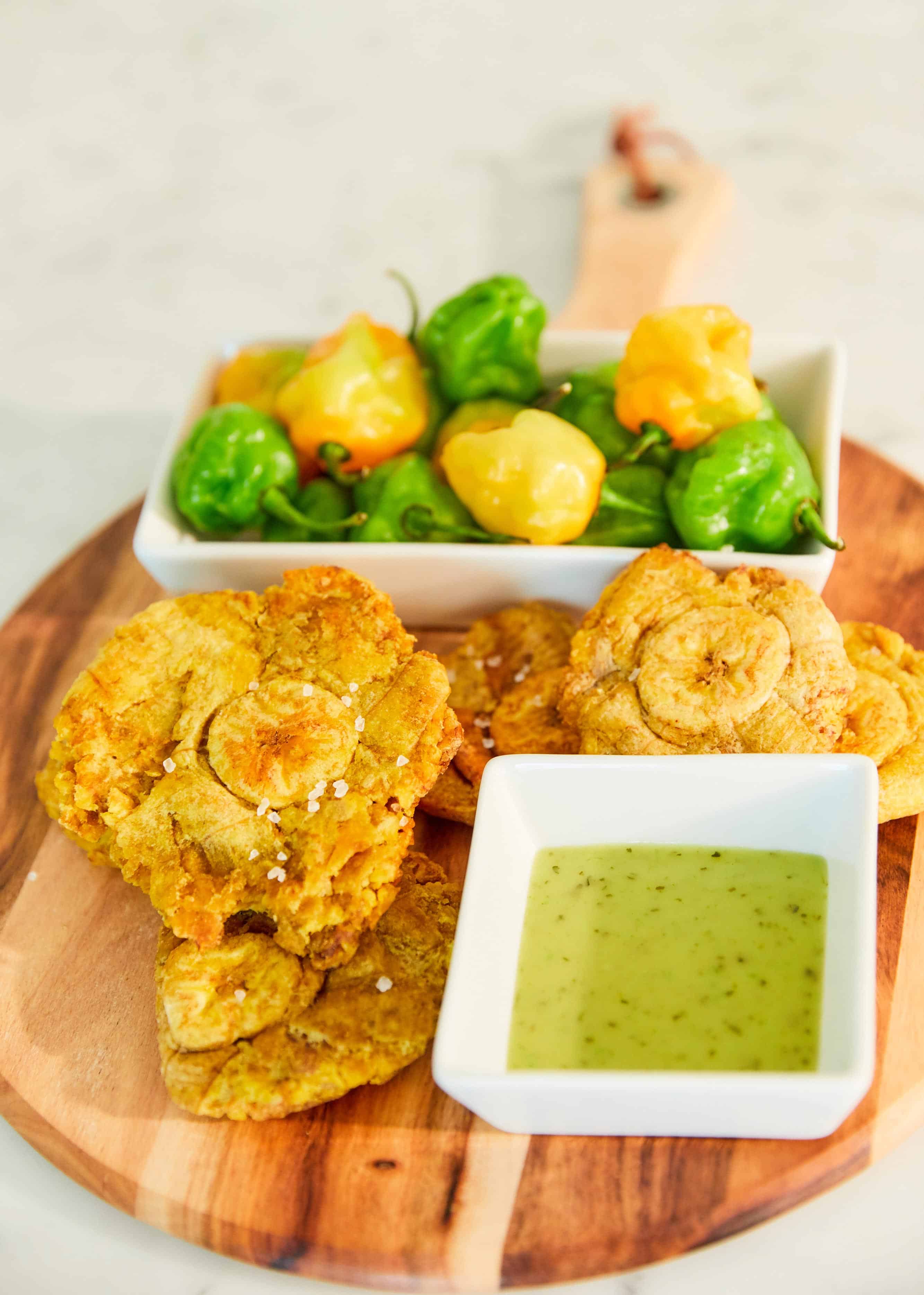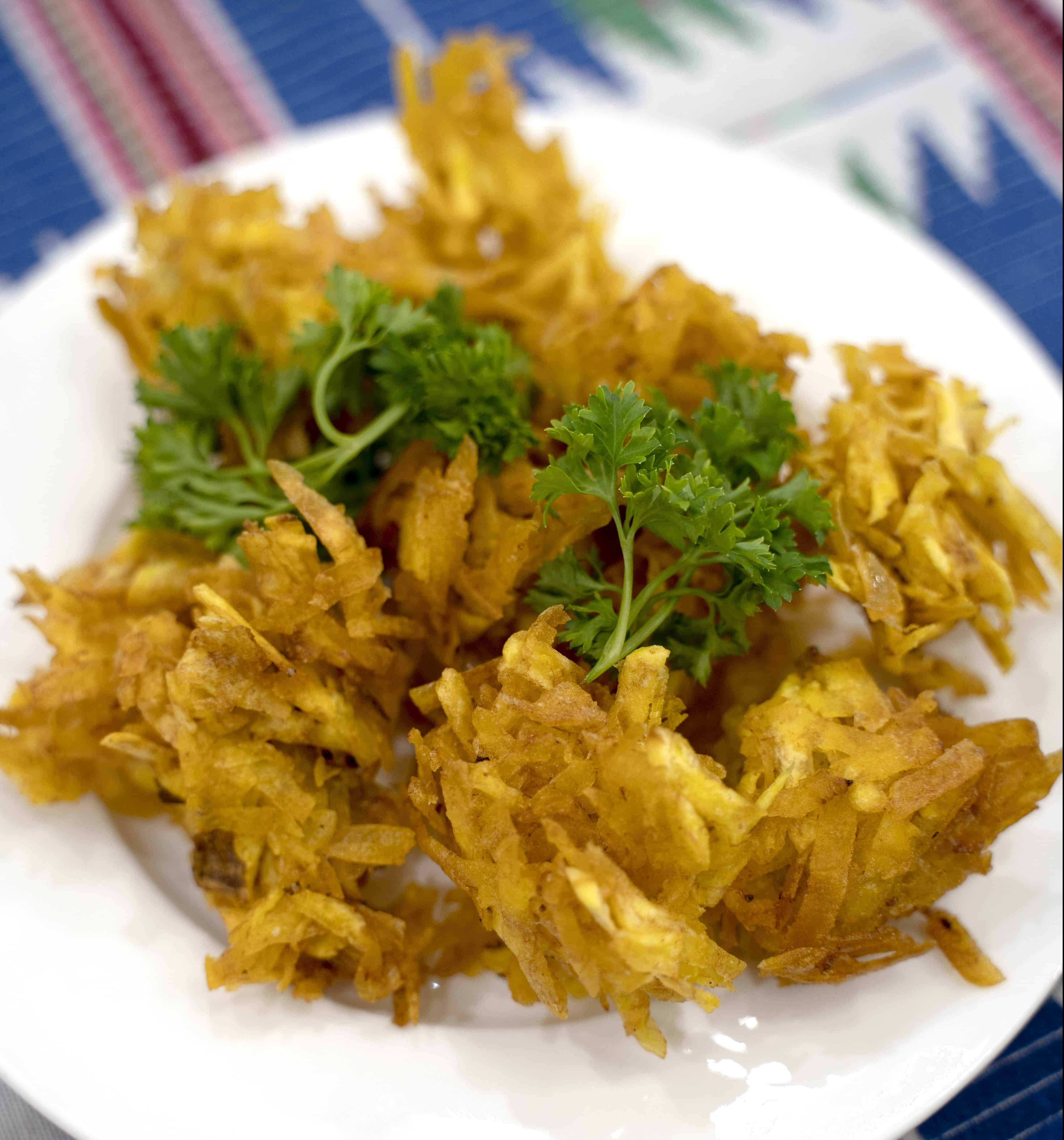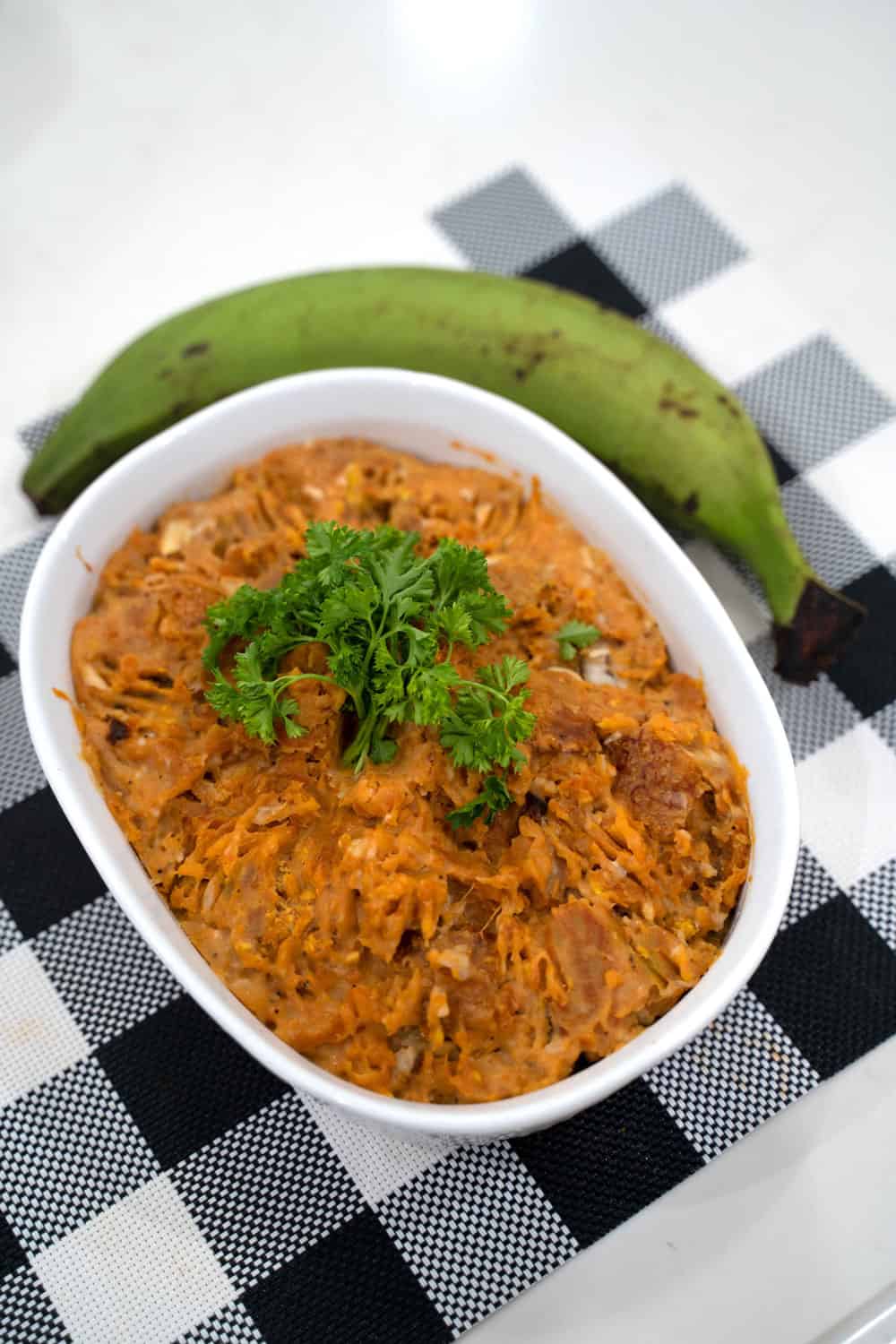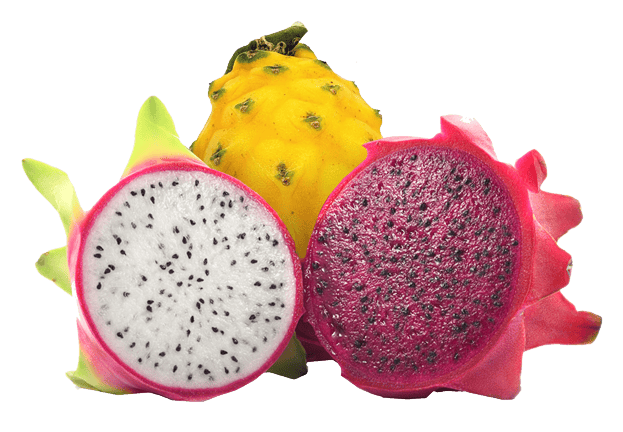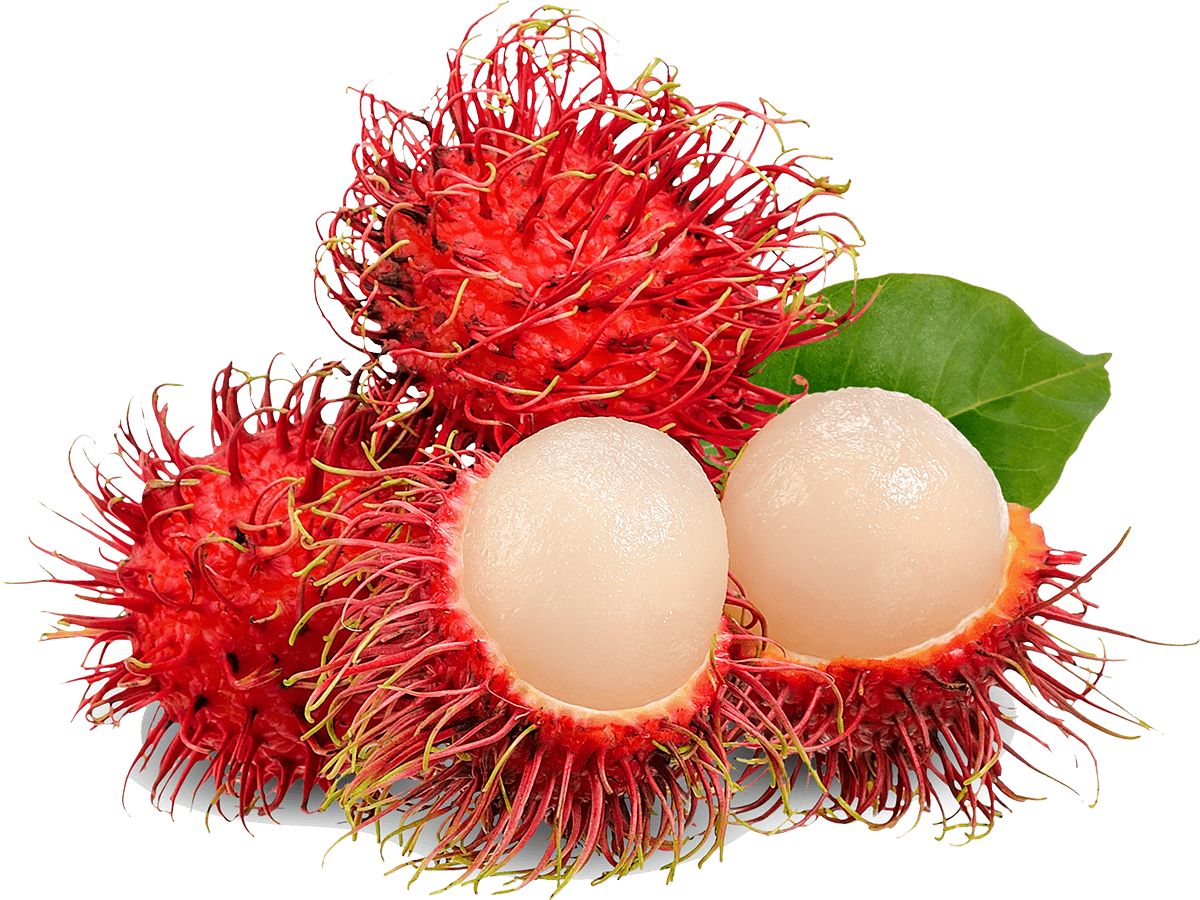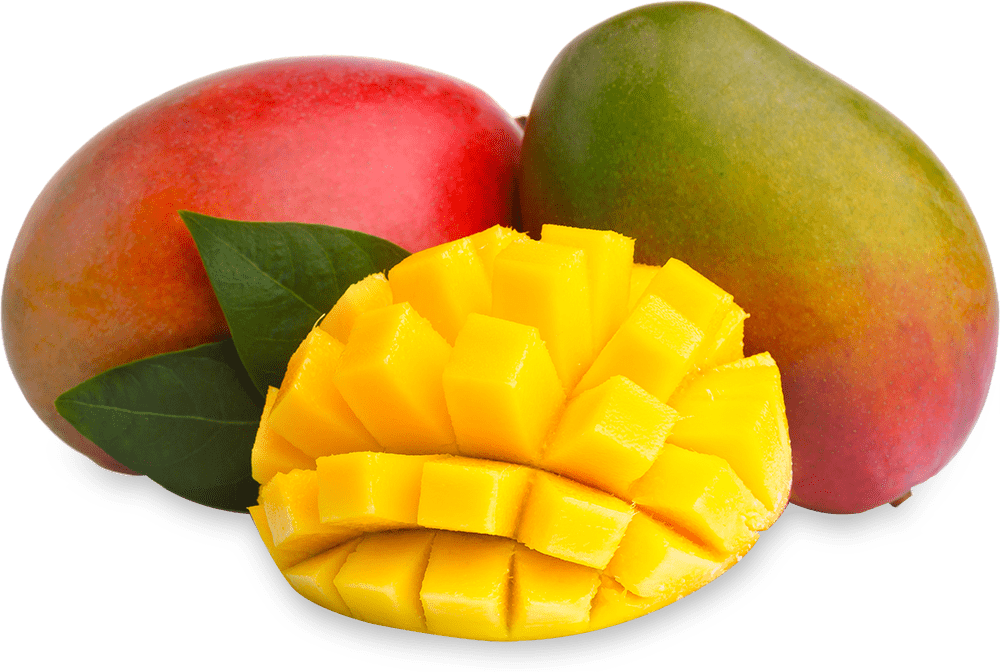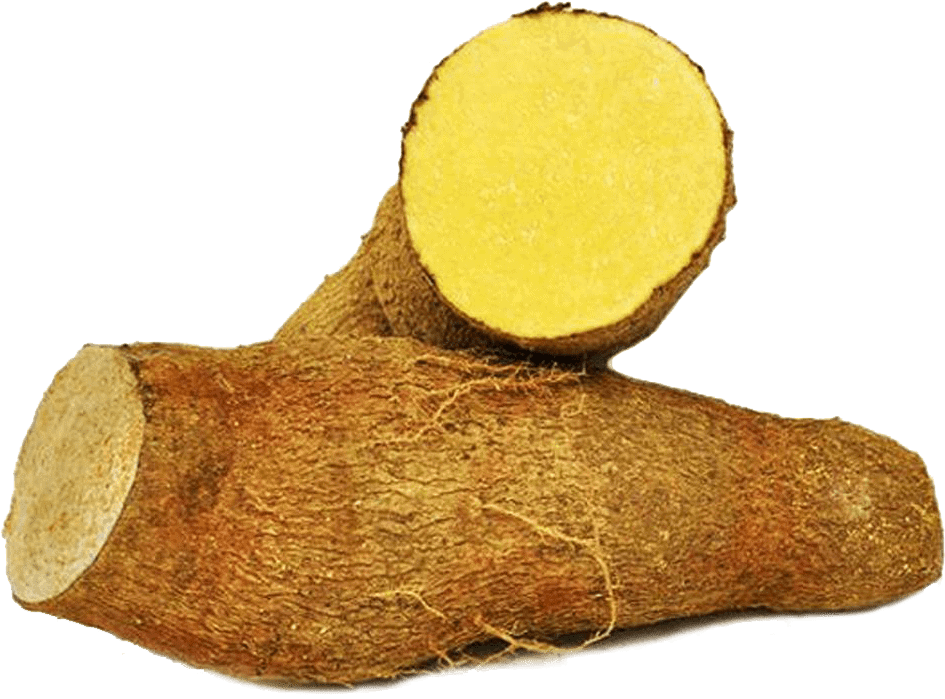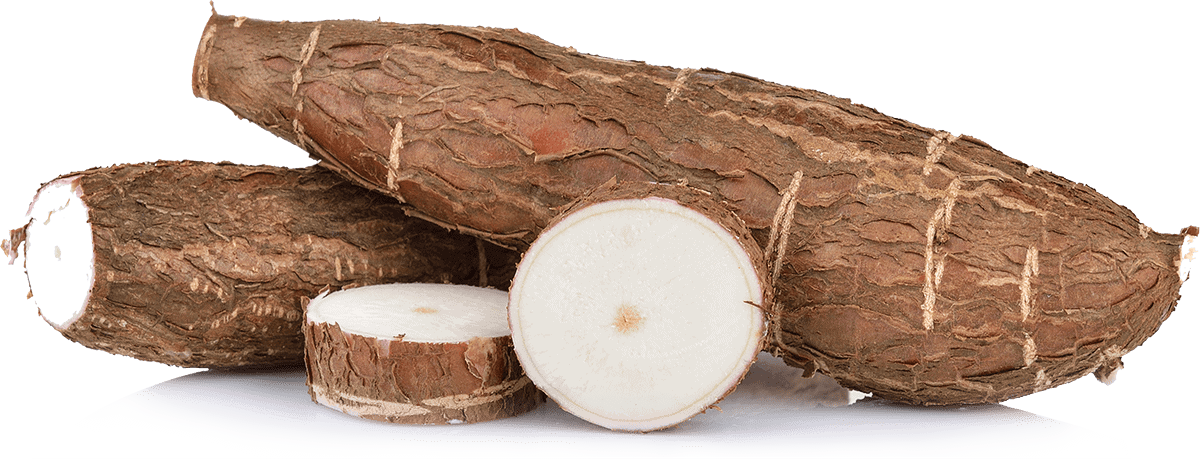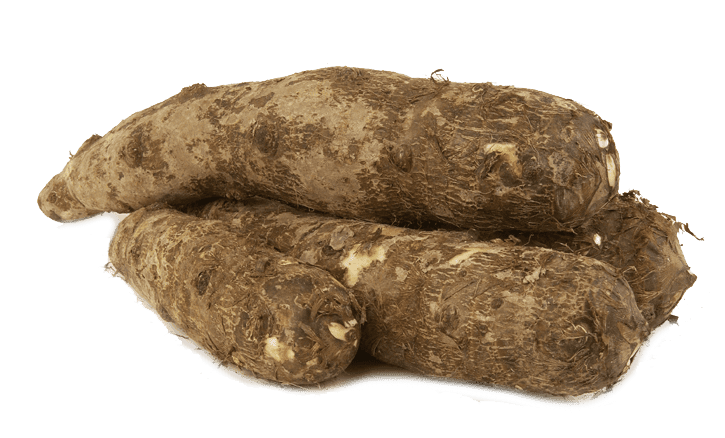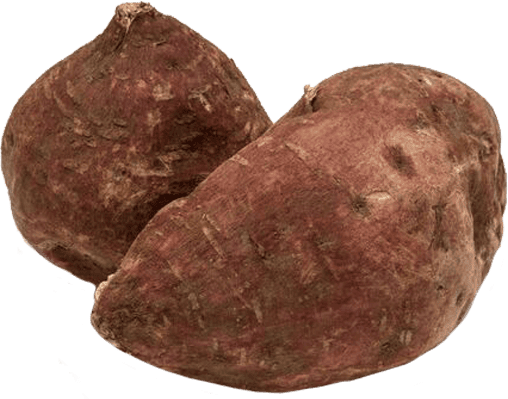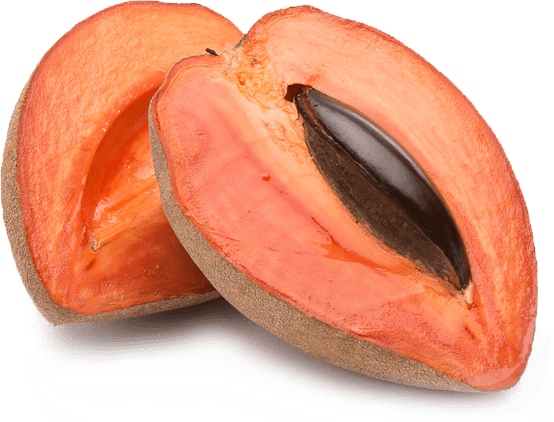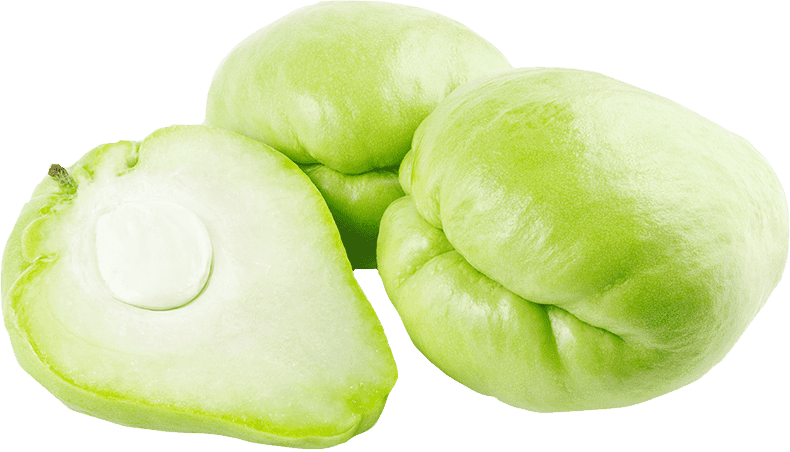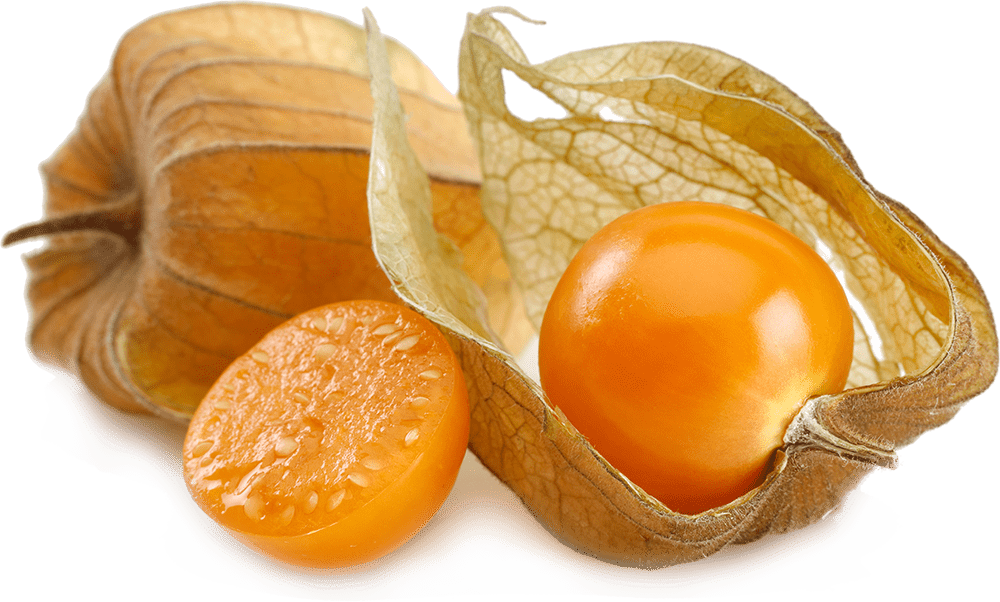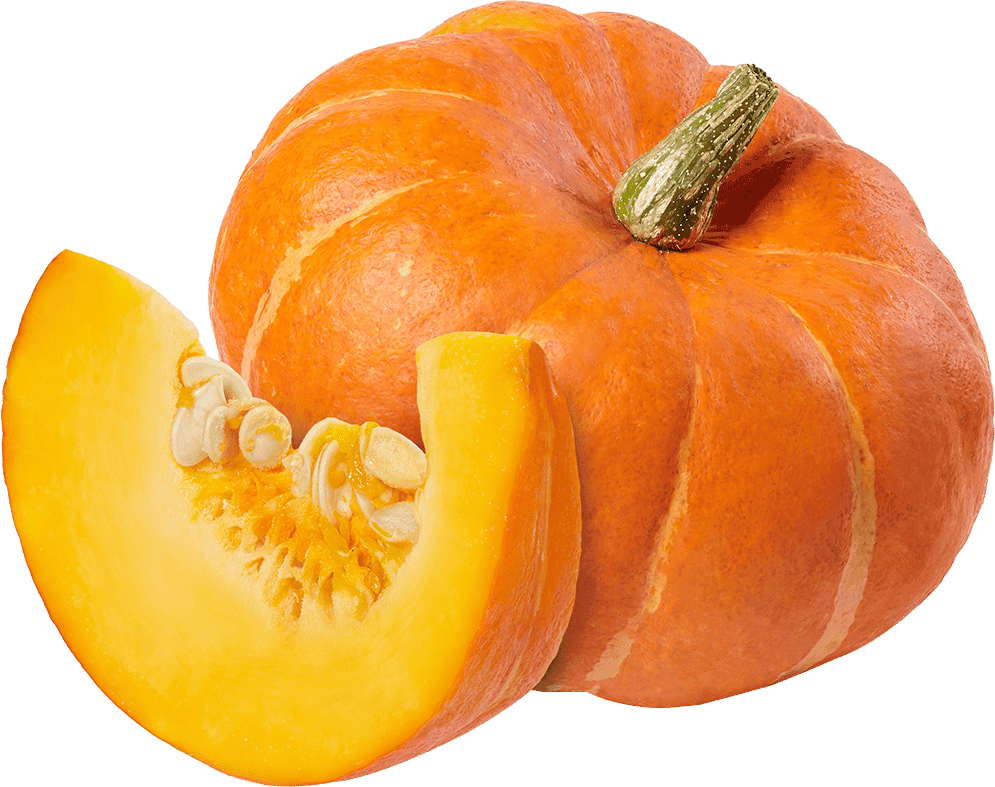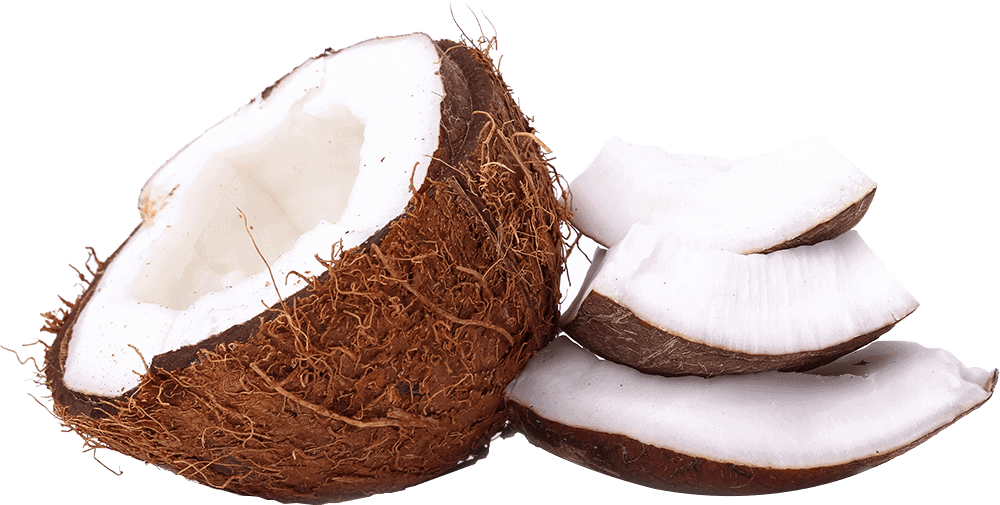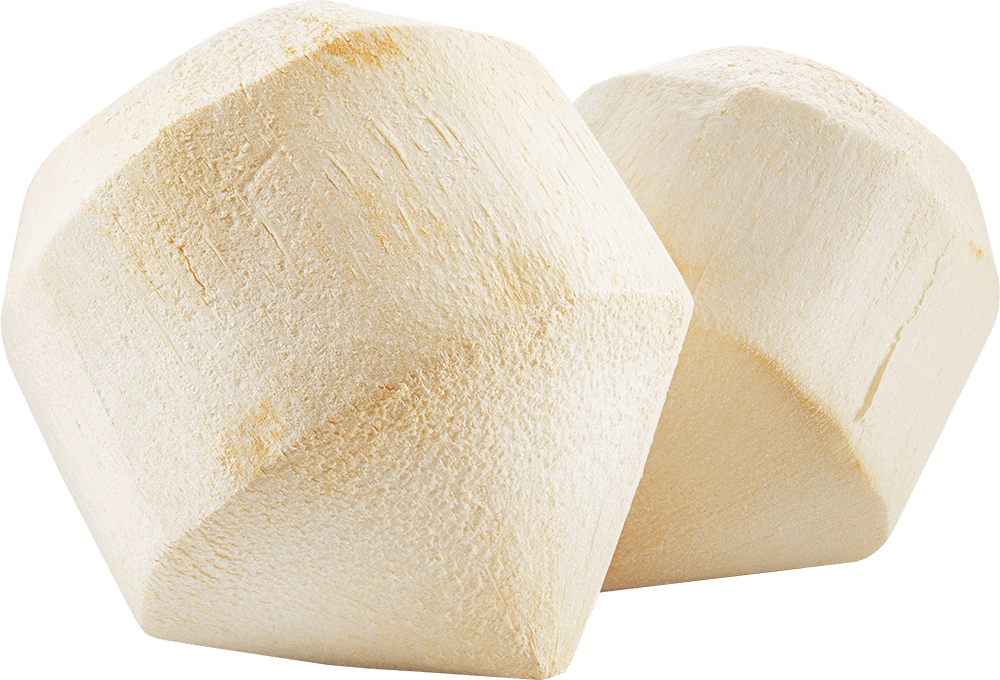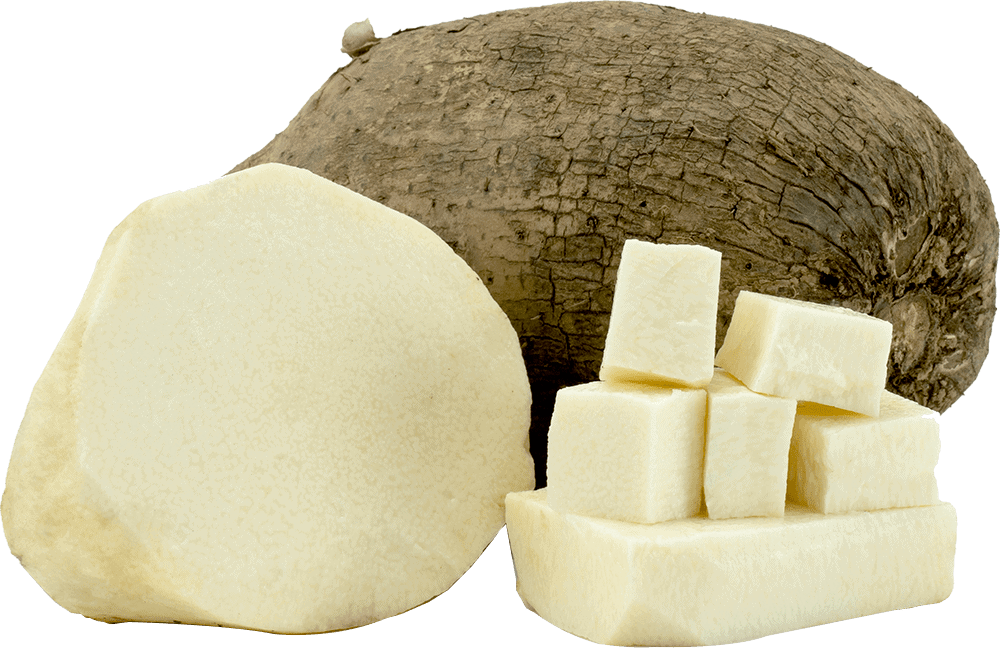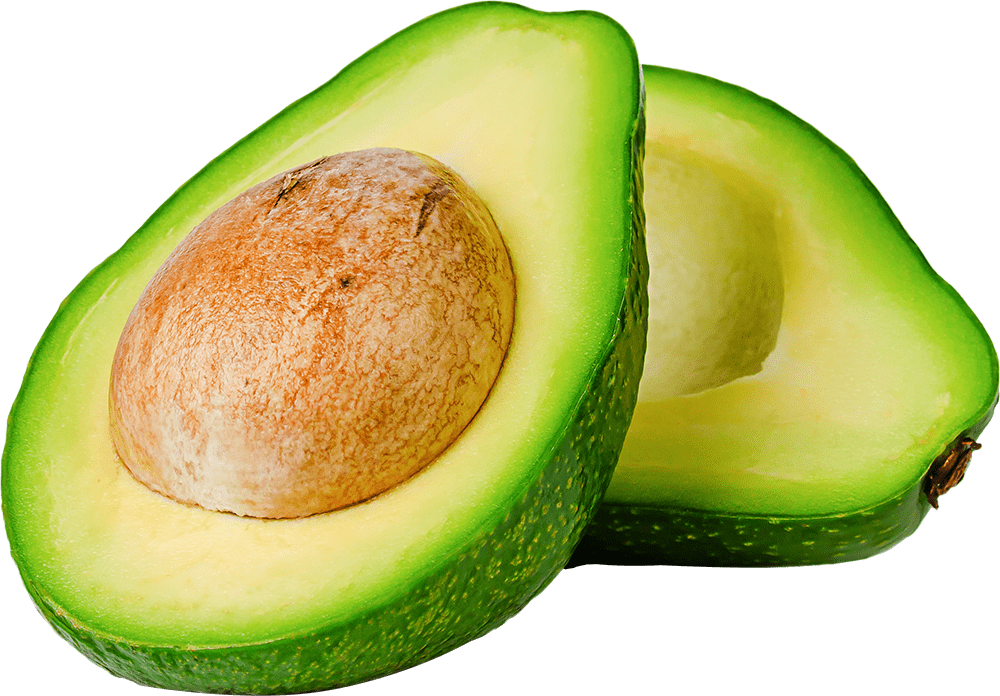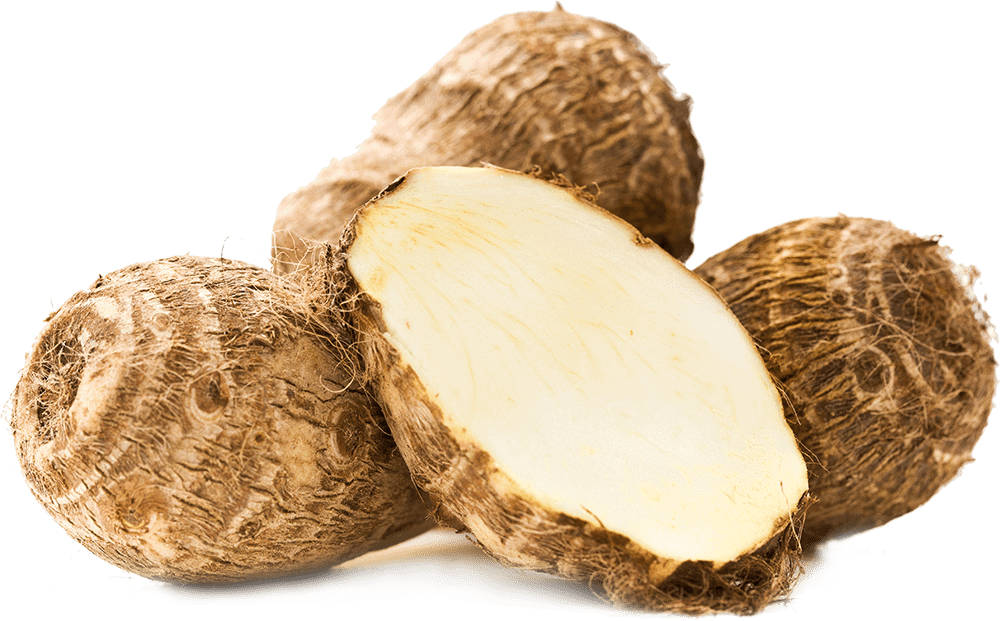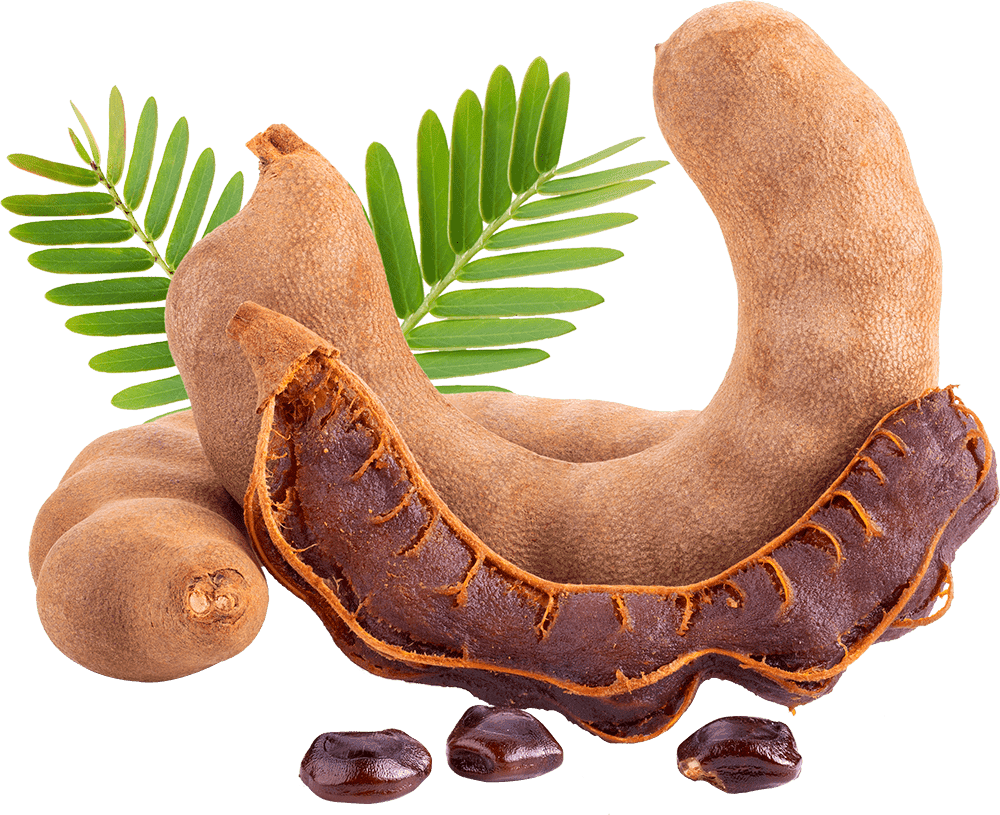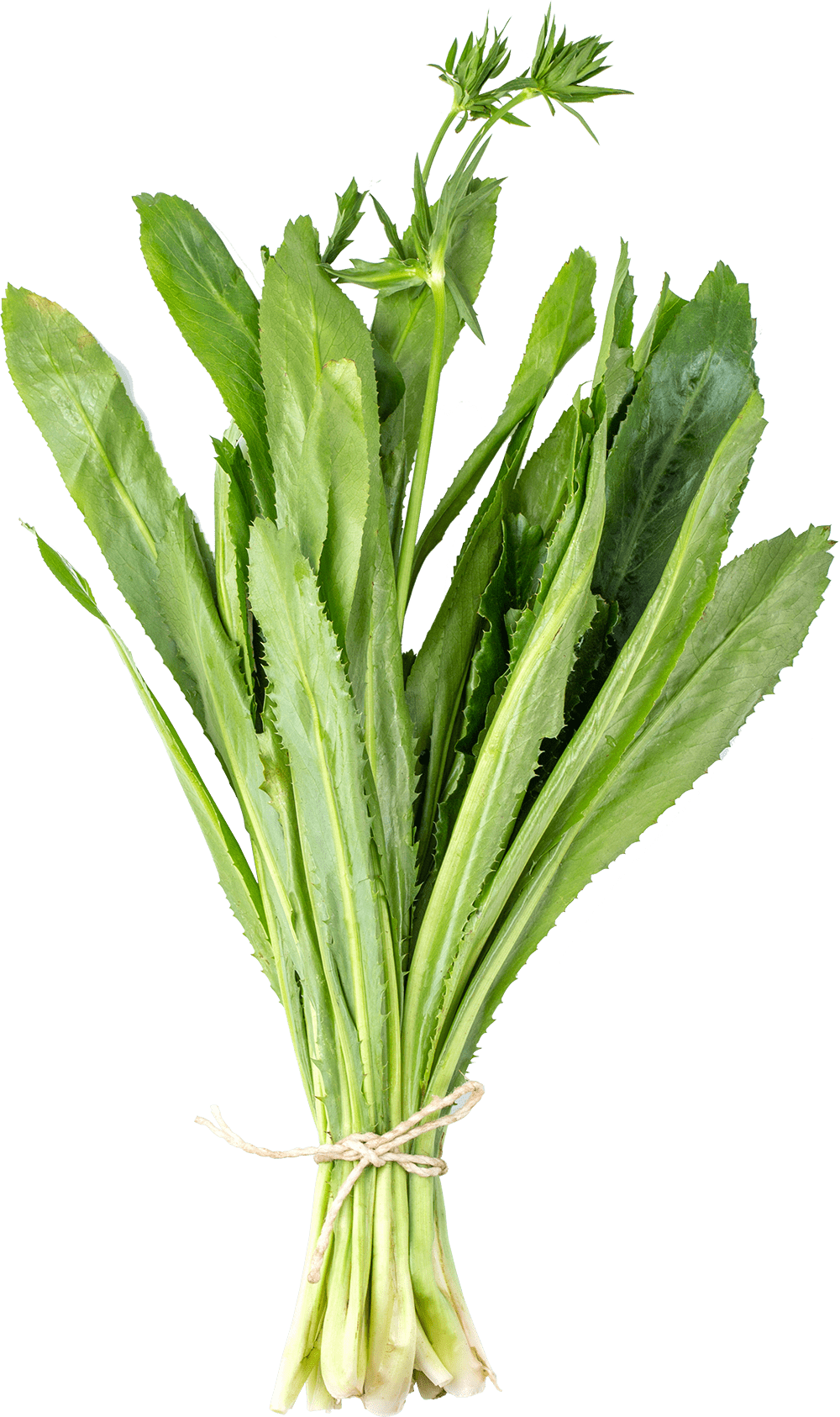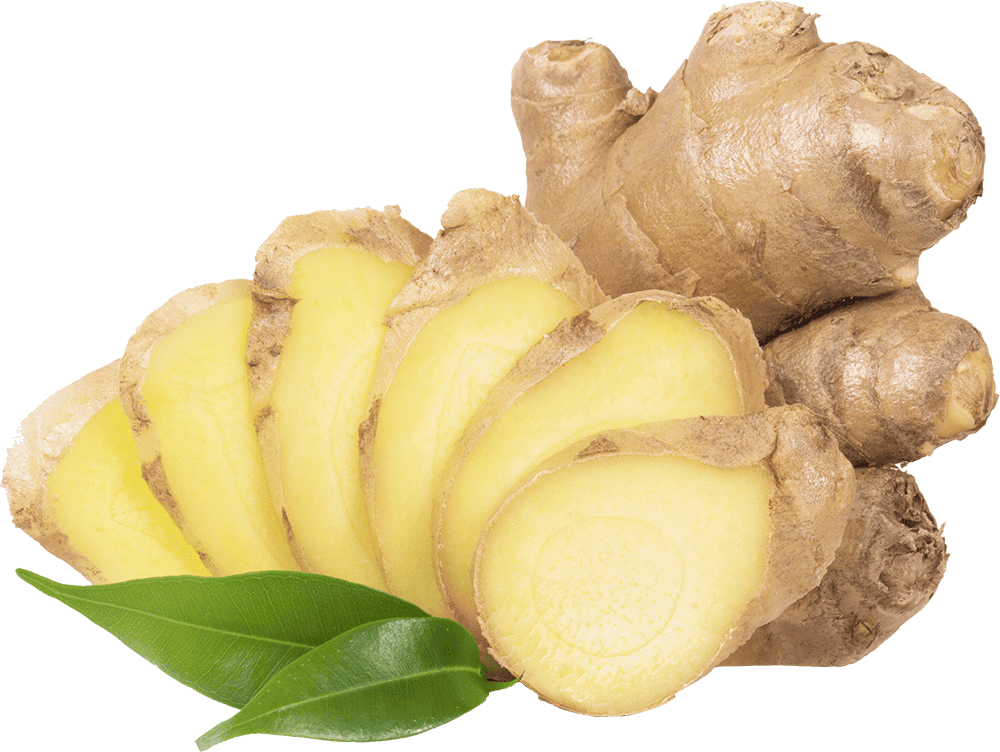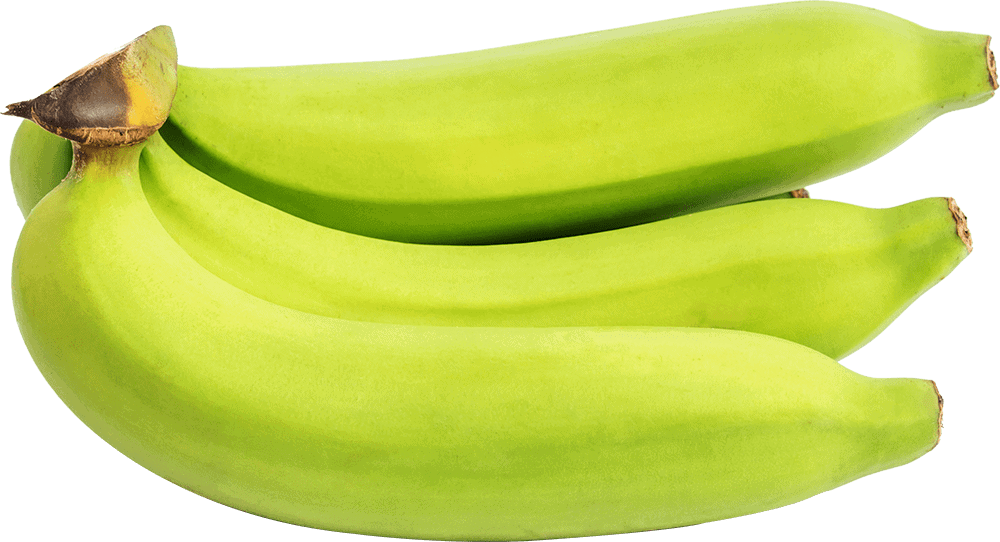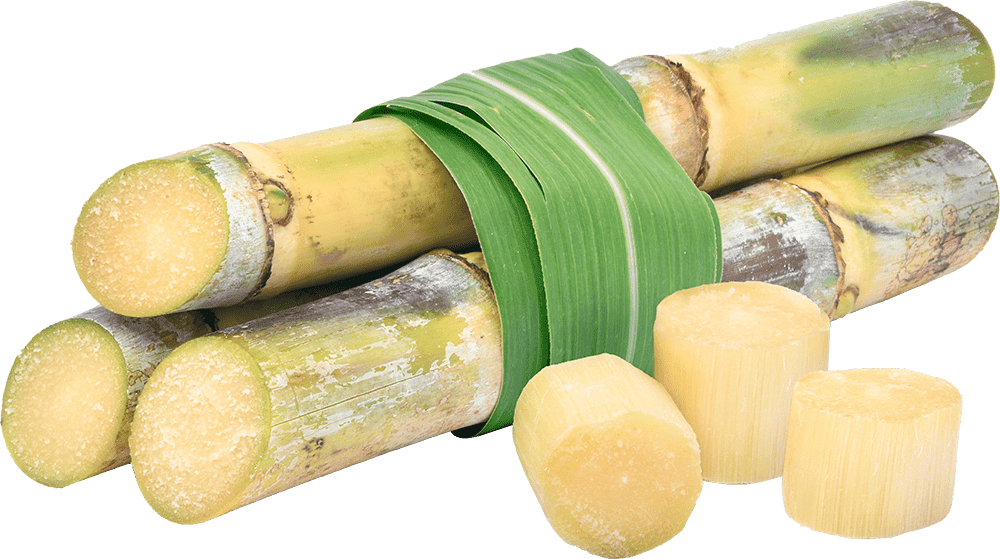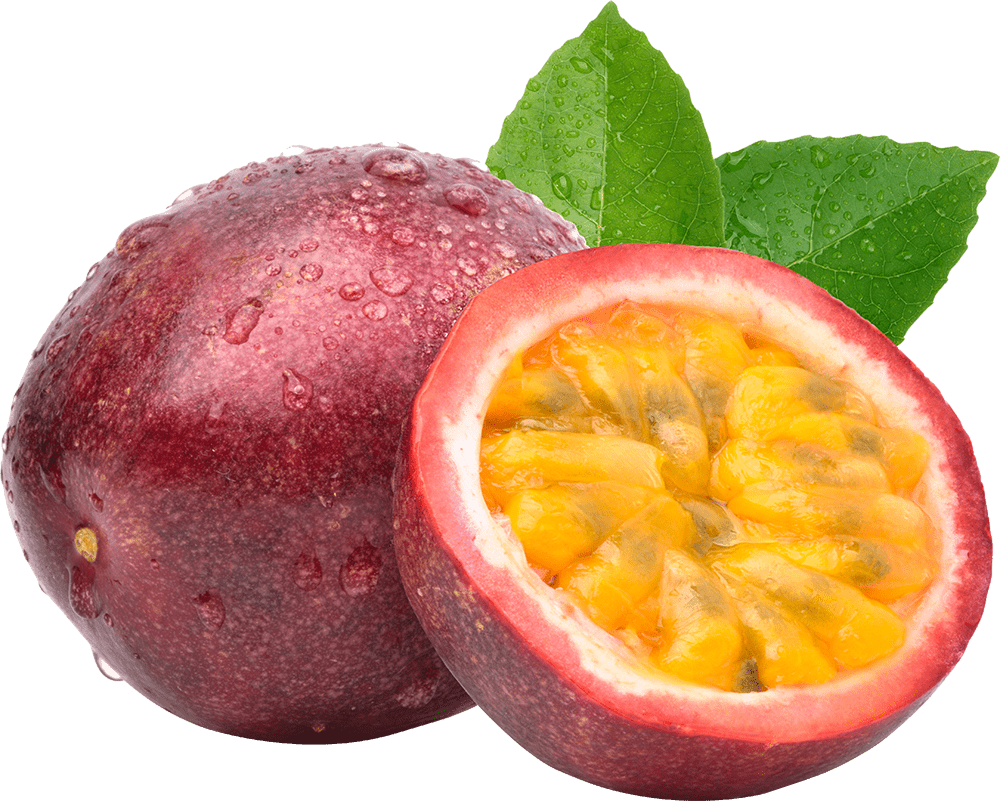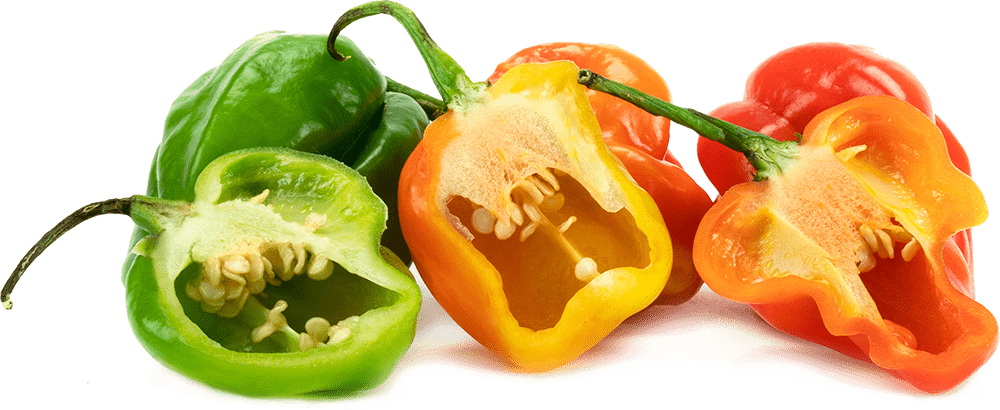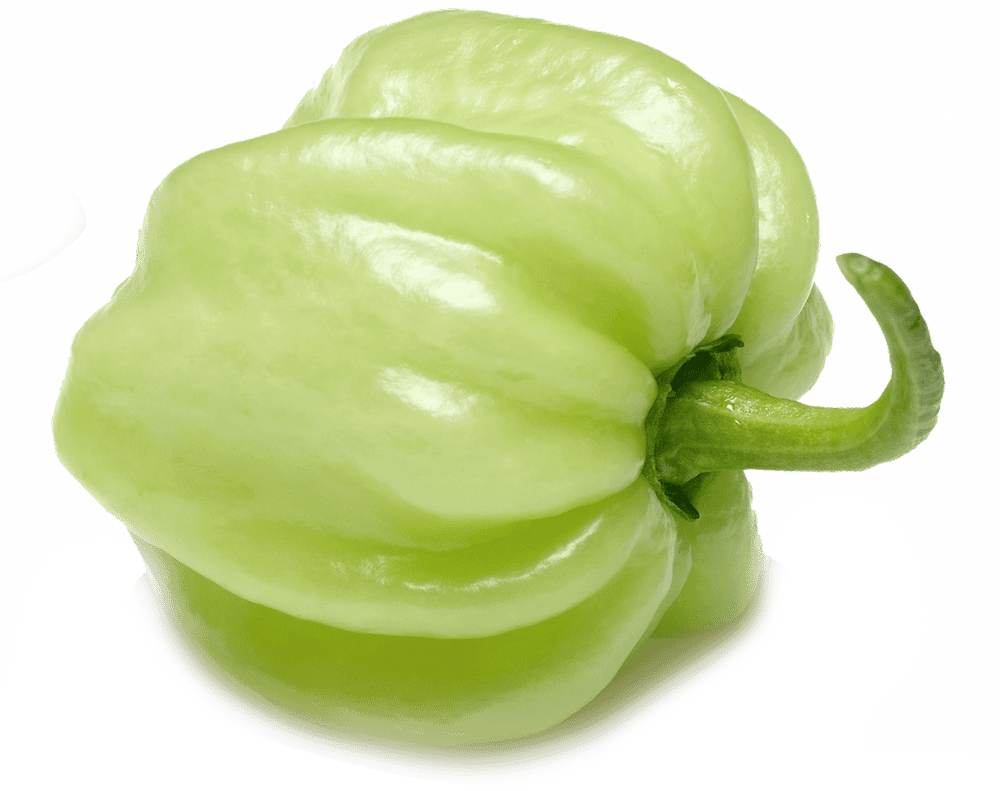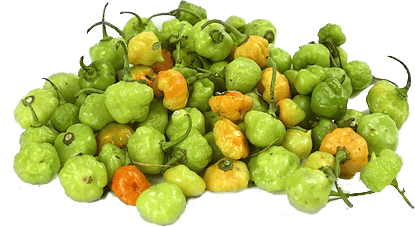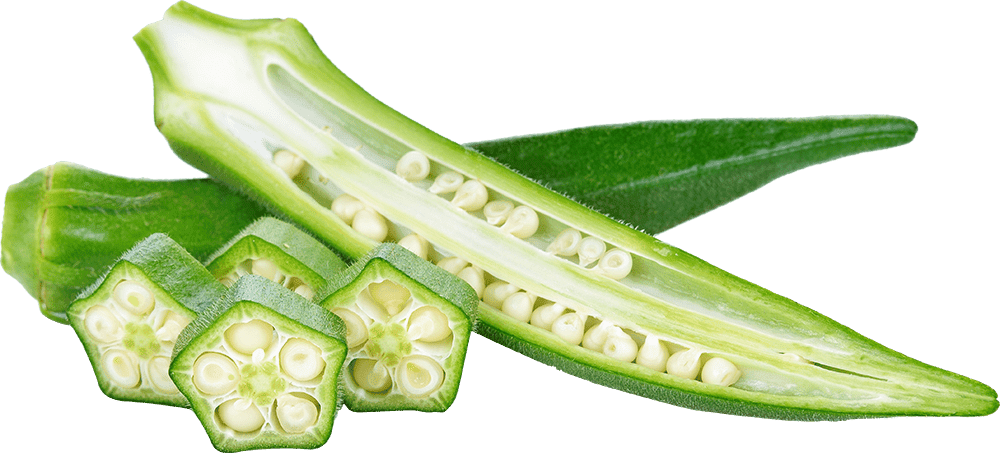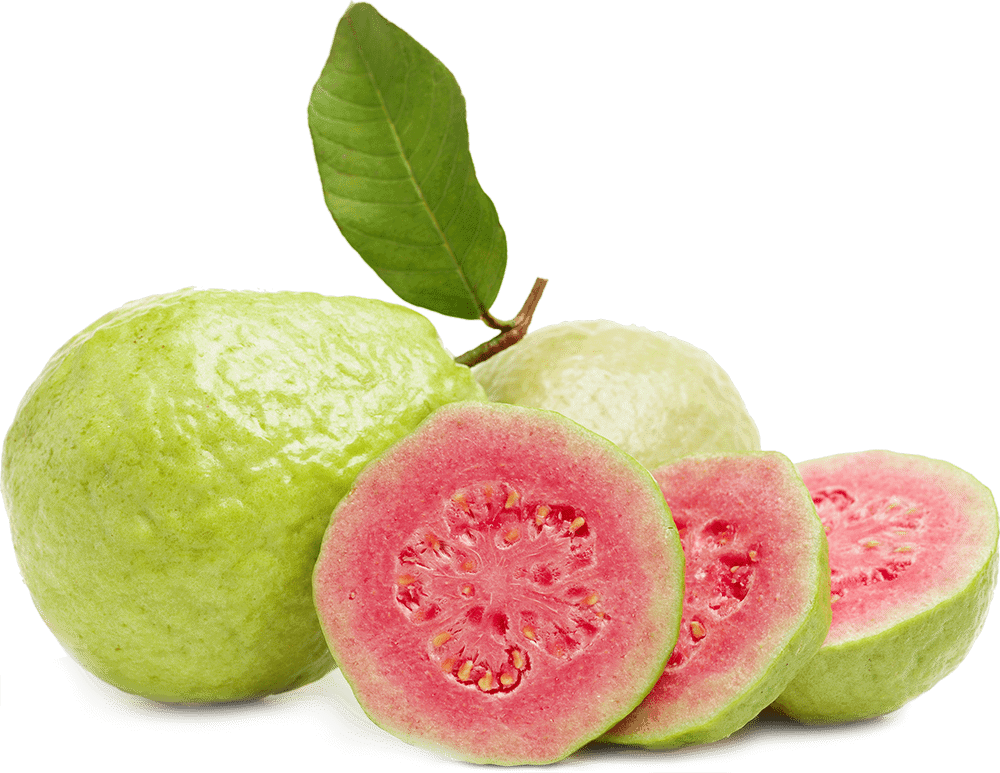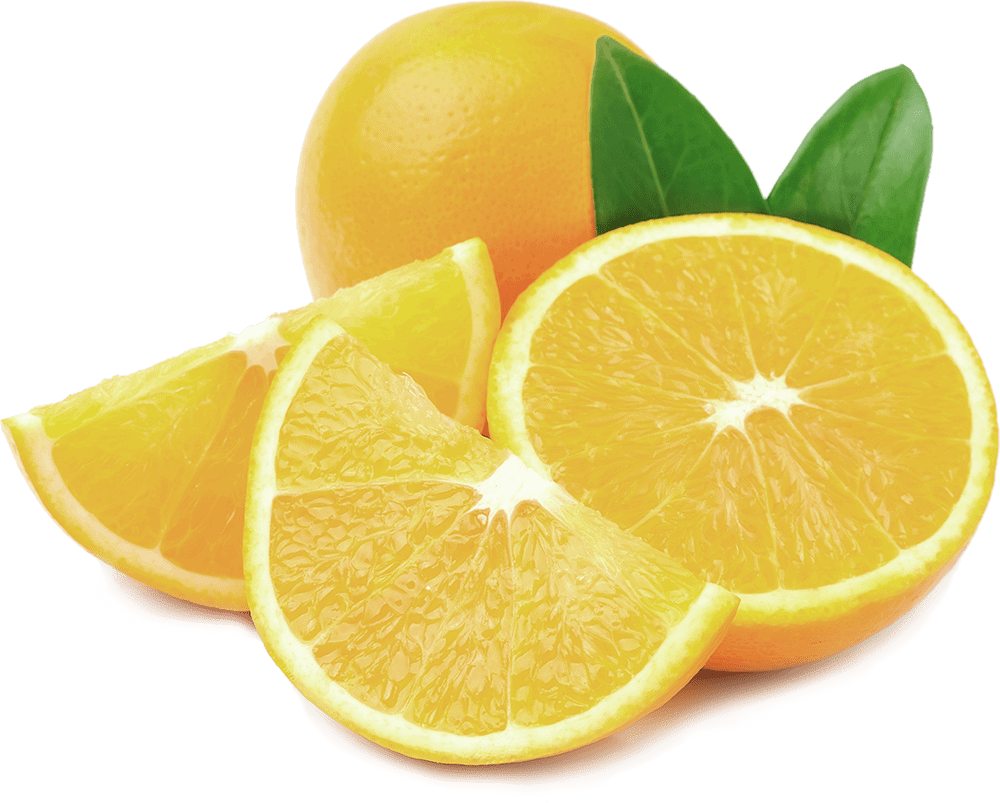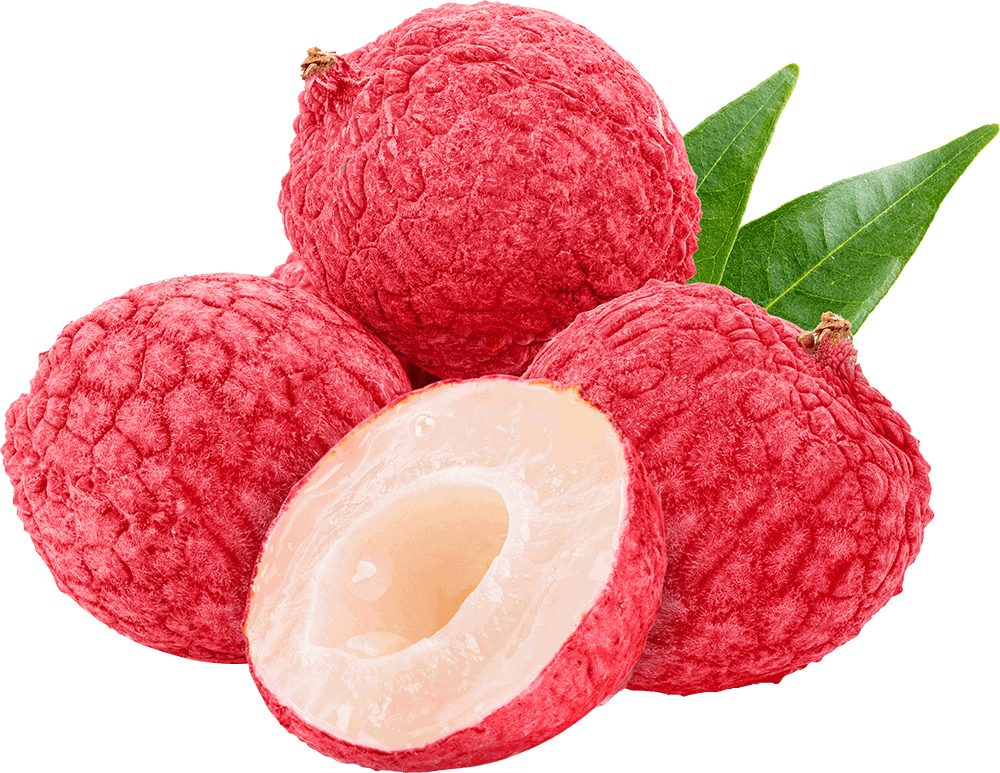Plantain
Commonly mistaken for a banana—plantains are an incredibly versatile fruit. Better known as platano in Spanish, plantains goes through many phases in the ripening process and, depending on how and when you cook it, the flavor profile changes. Given that the plantain is a starchy cousin of the banana, it always needs to be cooked before it can be eaten. From savory tostones to sweet maduros, these are a signature side dish to accompany rice and beans or any meal.
- Cut the ends of the plantain with a small, sharp knife.
- Score the skin along the seams and try not to cut into the flesh to peel.
- When green, they are at their starchiest and can be served as tostones (twice-fried plantains) or thin slices and fried as chips.
- When ripened and yellow, the starches turn into sugars, and the plantain can be fried into caramelized, sweet platano maduros.
Store in a relatively dry environment. Plantains will keep in the refrigerator for up to 1 week. Plantains will not continue to ripen once refrigerated. Freeze plantains for 2-3 weeks wrapped tightly in plastic wrap.
Year-Round
Our plantains are sourced from Ecuador, Guatemala, Costa Rica, and Colombia.
- Good source of fiber to support digestion
- Good source of complex carbohydrates (people think carbs are “bad” for you, but the fiber and complex carbs in plantains are less processed and slowly digested compared to the carbs in processed foods).
- Great source of Vitamin C.
Serving Size: 9oz (1 plantain)
Calories: 218
Nutritional Facts
Sliced
Naturally Cholesterol-Free
Naturally Low-Fat
Contains vitamins and is a good source of fiber to support digestion
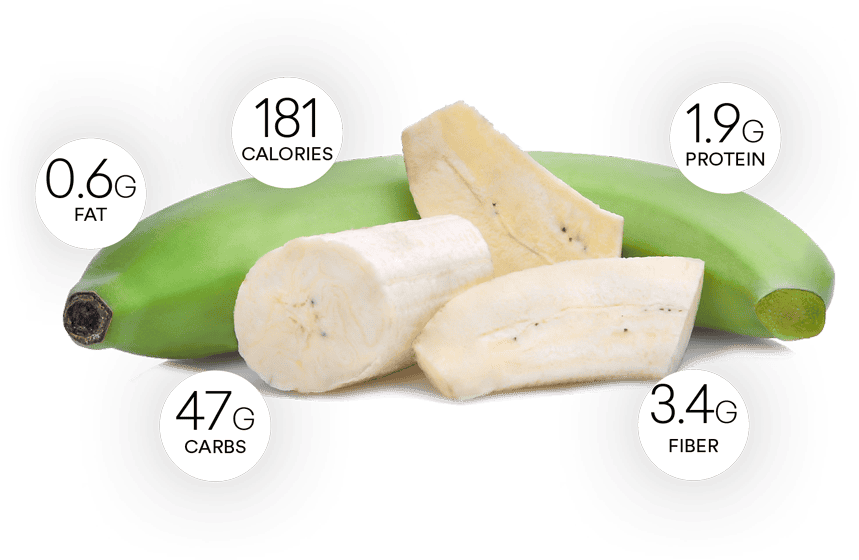
Trending right now
Exotic is exciting… try one of these unique products for an inspiring new food experience.



